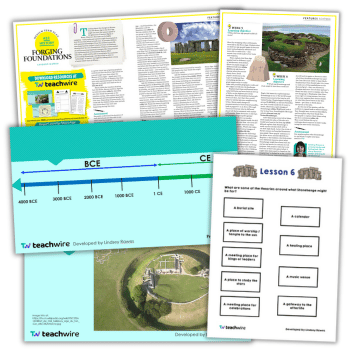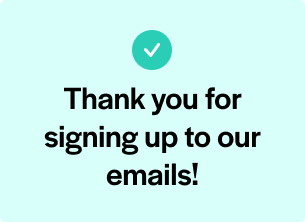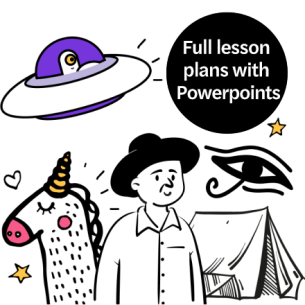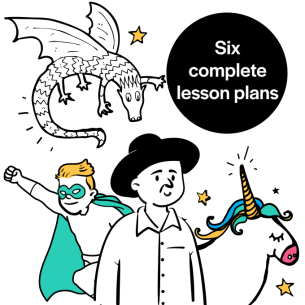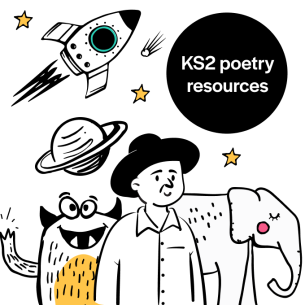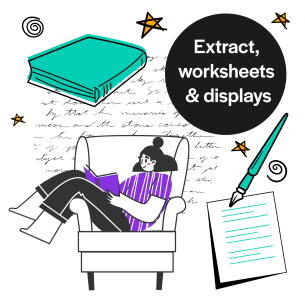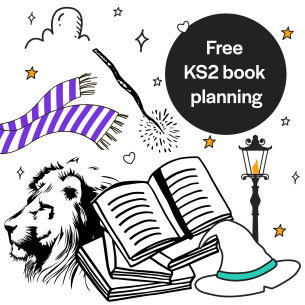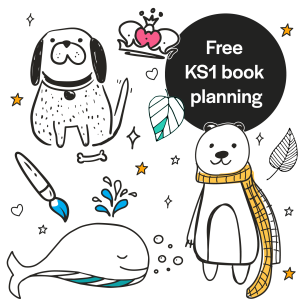PDF medium term plan, PowerPoint and worksheets
KS2
Years 3-6
Teaching about the changes in Britain from the Stone Age to the Iron Age might not have the instant appeal of the glamours of Ancient Egypt or Rome.
However, this topic can be highly engaging – both pupils and teachers might be surprised at how diverse this period actually was.
It provides children with essential knowledge of how the earliest human life was shaped and the impact it had on future civilisations, showing how the very foundations of history were created.
As well as covering important concepts like citing sources and explaining how environmental factors affect behaviour, pupils will be able to investigate the mysteries surrounding Stonehenge, and that when we refer to ‘technology’ in history, we might be talking about a lump of metal rather than an iPhone.
This download contains a full medium-term plan, plus an accompanying PowerPoint and worksheets.
Learning objectives
- When were the Stone, Bronze and Iron Ages?
- How did Stone Age people live?
- What were homes like at Skara Brae?
- Why was the discovery of bronze so important?
- Why did Iron Age people build hill forts?
- What was Stonehenge and what might it have been used for?
Starter activity
Begin this lesson by showing children a timeline with BCE and CE (slide 3 on the included PowerPoint). Explain that BCE (Before Common Era) is all the time before 1 CE when people believe Jesus was born, and that CE (Common Era) is all the time since 1 CE up to the present.
This can be a tricky concept, particularly if you’re teaching it to Year 3 pupils who won’t necessarily have come across it before. Explain that the numbers from 1 BCE go backwards, and demonstrate using the timeline.
Introduce the Stone, Bronze and Iron Ages and show pupils the dates for these periods (slide 4). Explain that we’re going to work out just how long each period lasted, using base 10 rods and cubes to represent the blocks of time.
Pupils should use a scale of one block of 10 for each thousand years. You could also use unifix cubes or different coloured sticky notes. See the L1 resource sheet to see how this activity works.
Split the children into groups and get them to represent each period using base 10 – at this point they do not need to place it on a timeline.
Once pupils have completed this task, ask what they notice. Which period lasted for the longest duration? Can the children work out how long each period lasted for?
Visual representation
This is a great visual way of getting pupils to understand that the Stone Age lasted for a much longer time than either the Bronze or Iron Ages – pupils may even run out of blocks for it!
Explain that they have only represented part of the Stone Age and it actually went back as far as 800,000 BCE! Show pupils the timeline showing how the Stone, Bronze and Iron Ages fit in with each other (slide 5).
Ask them why they think the periods on the timeline overlap, then explain that this is because each period happened gradually over time. Depending on prior study, you could ask the children what other periods they know about that were also happening during this time.
Lindsey Rawes is a primary teacher and history lead. She is also a chartered teacher of history for the Historical Association. Subscribe to her Substack. Follow her on X at @lindsroars and on BlueSky at @lindsroars.
